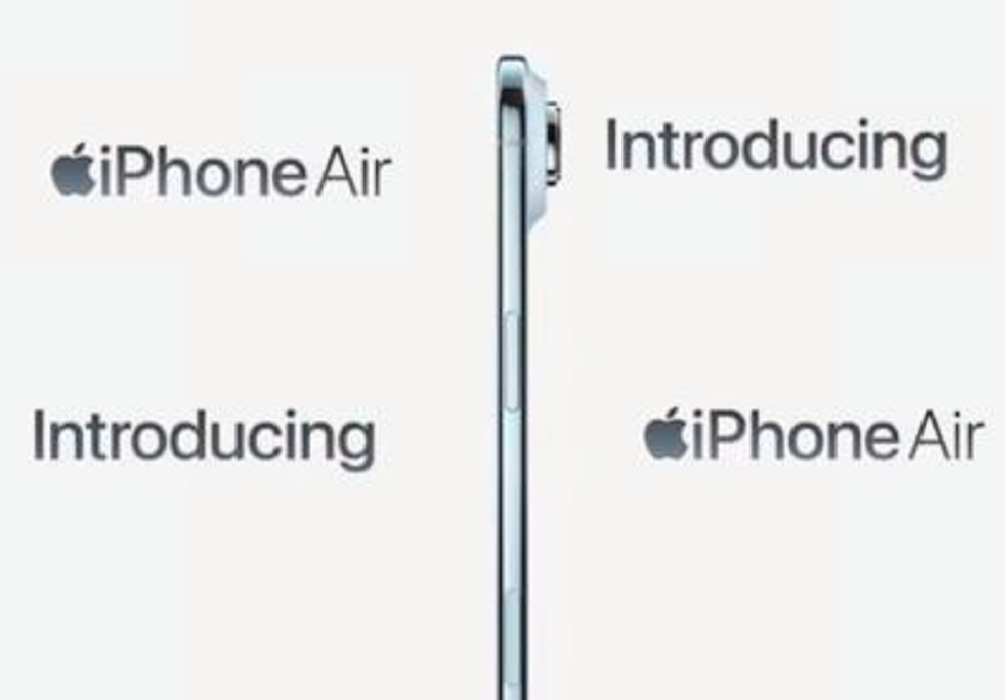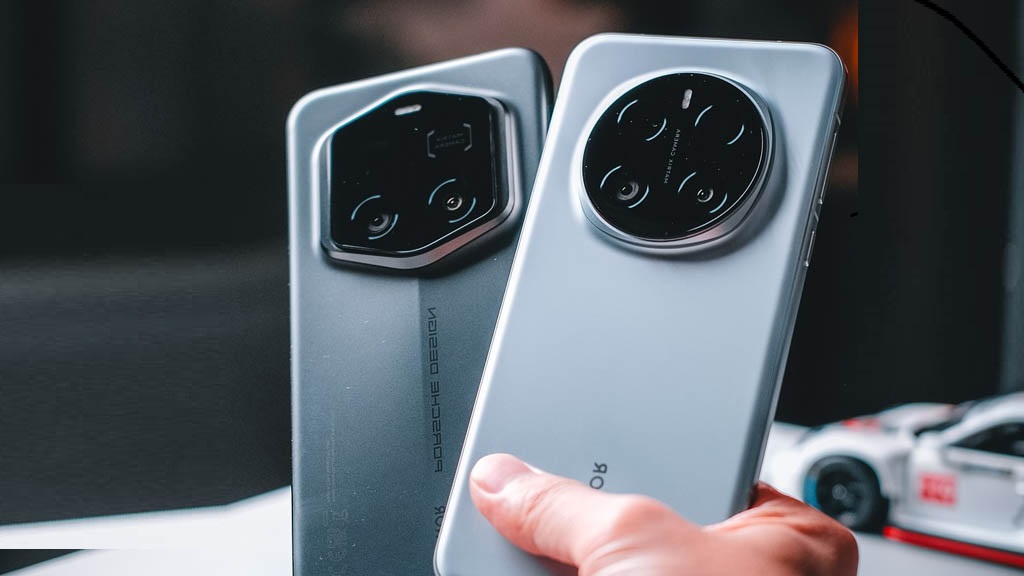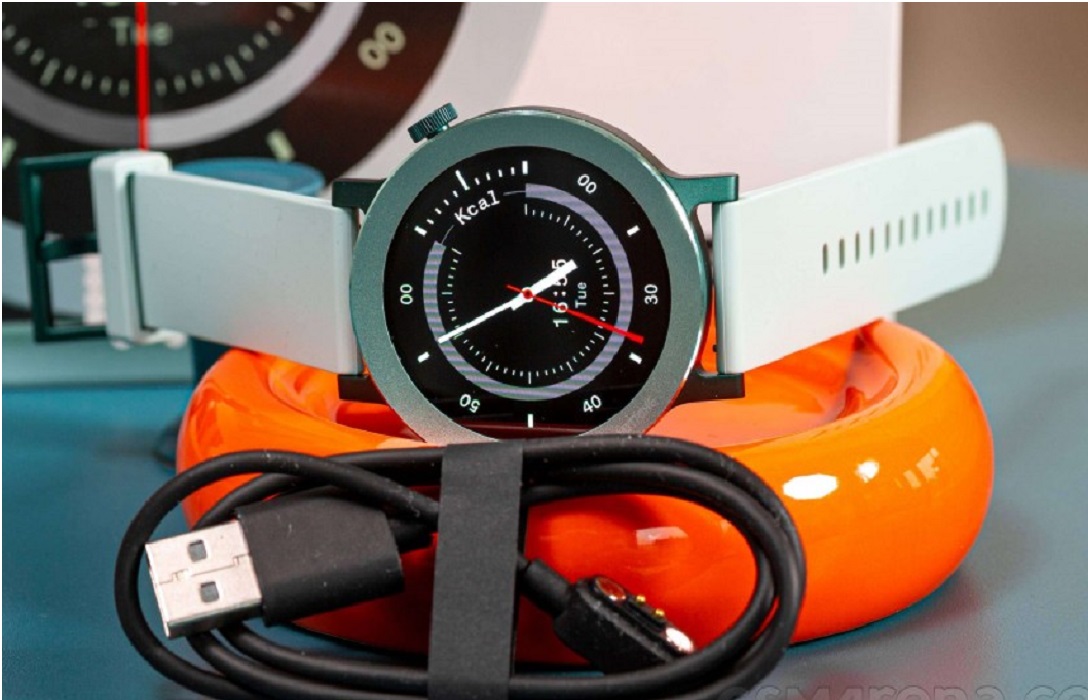Apple’s latest offering, the iPhone Air, is undoubtedly one of its boldest design experiments yet — a marvel in thinness and feel, though not without compromises. The device measures just 5.6 mm in thickness and weighs 165 grams, making it the slimmest iPhone Apple has released so far. In contrast, its sibling, the iPhone 17 Pro, comes in at 8.75 mm and 206 g. The immediate impression? It’s almost surreal that such a large-screen smartphone can feel this light.
Design & Durability
The “Air” name seems more than marketing — the phone flirts with fragility but backs it up with robust engineering. Its titanium frame, combined with Ceramic Shield 2 (front) and Ceramic Shield 1 (back), resisted over 130 pounds of force in stress tests. In personal flex tests, it showed no signs of bending or creaking. The minimal design language gives it a flat, flush edge look, which looks striking but makes grip a little challenging. A slight protrusion of the rear lens causes it to wobble slightly on flat surfaces — an annoyance at this price point.
Display & UI Experience
With a 6.5-inch OLED display now supporting 120 Hz refresh rate (a first for a non-Pro iPhone), the iPhone Air delivers a smooth and responsive experience. Brightness performs well even under direct sunlight, and animations and scroll fluidity stand out. The device offers a full flagship display experience without the bulk.
Battery, Performance & Connectivity
Given its ultra-thin form, you wouldn’t expect long battery life, yet the iPhone Air consistently delivers a full day of use for moderate users, ending the day with around 15–20% charge remaining after ~5 hours of screen time. Heavy users may see greater drain — on travel or high workload days, the battery might dip toward 2 % by late afternoon.
Its A19 Pro chip handles everyday tasks and gaming with ease, though extended heavy use causes warmth, especially near the camera module. A notable omission is mmWave 5G — it supports only sub-6GHz bands. The integrated C1X modem improves efficiency and speed, but the lack of ultra-fast 5G is a strange choice given the device’s premium pricing.
Camera System
Here, the iPhone Air makes a noticeable compromise: you get just one 48 MP rear camera. The single camera performs well in daylight but lacks versatility — no ultrawide, no telephoto, no macro mode. Low-light performance sometimes lags behind the regular iPhone 17. The selfie camera, with its new square sensor, is sharper and offers both portrait and landscape captures without needing to rotate the phone. Video capabilities remain strong — Dual Capture (recording from both front and back) is among the best implementations out there.
Verdict: Who Is the Air For?
The iPhone Air is not a one-size-fits-all device. With its ₹1.2 lakh price tag, single rear camera, and constrained battery under heavy use, it doesn’t make sense for users who prioritize specs or camera flexibility. But for a niche group — those who loved compact or lightweight phones — the Air is intoxicating. It recalls the spirit of the iPhone Mini, but in a different dimension: it makes virtually every other phone feel “too heavy.”
At its core, the iPhone Air is Apple flexing its design muscles — bold, beautiful, unusual. It’s a device that emphasizes experience over raw specifications. While not perfect, it may very well represent a stepping stone toward what Apple has in store next — perhaps even a foldable iPhone in the future.



